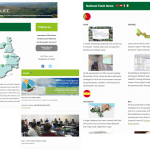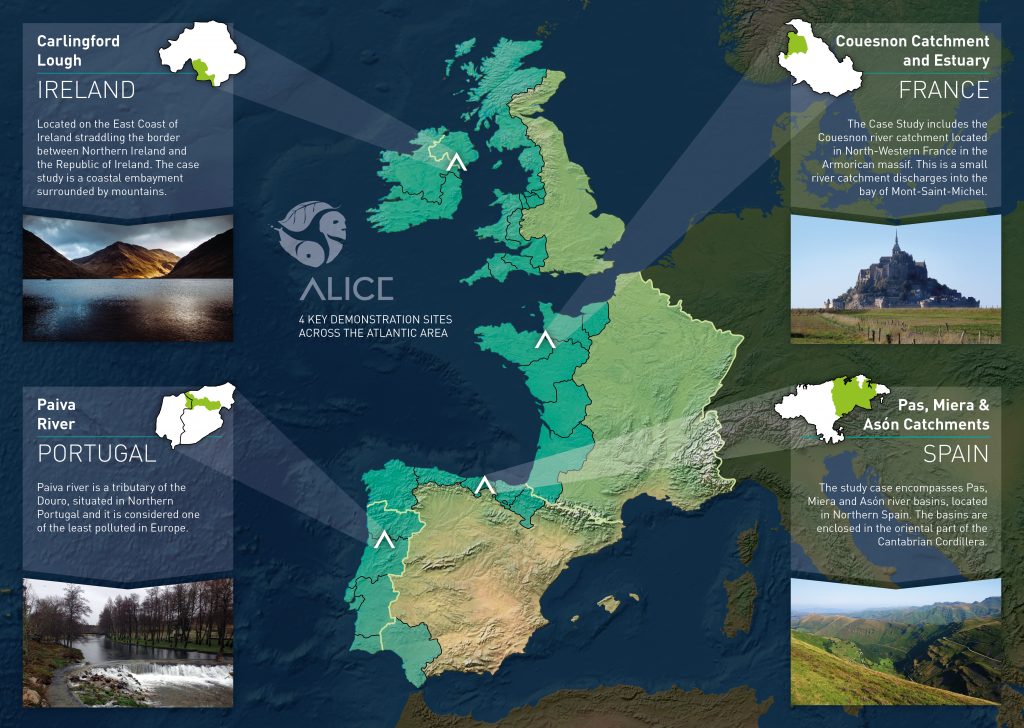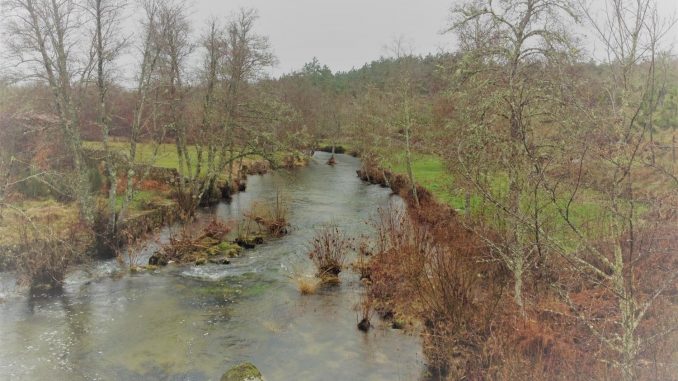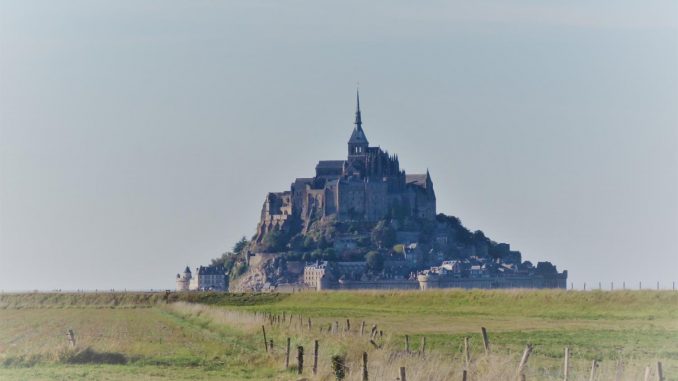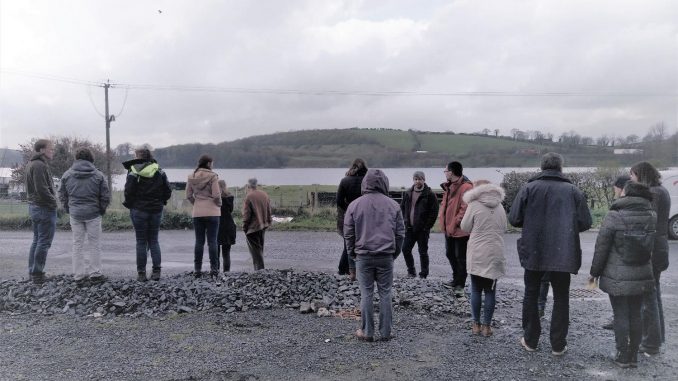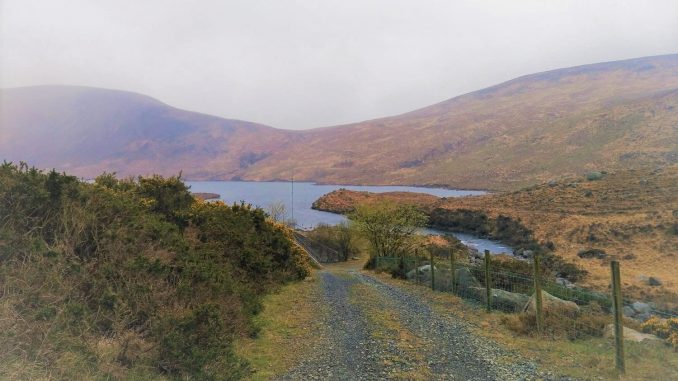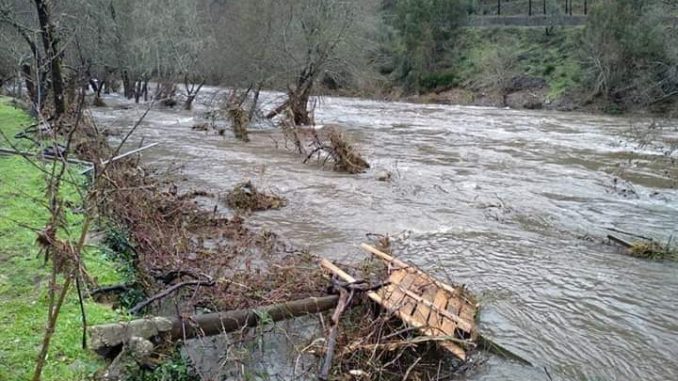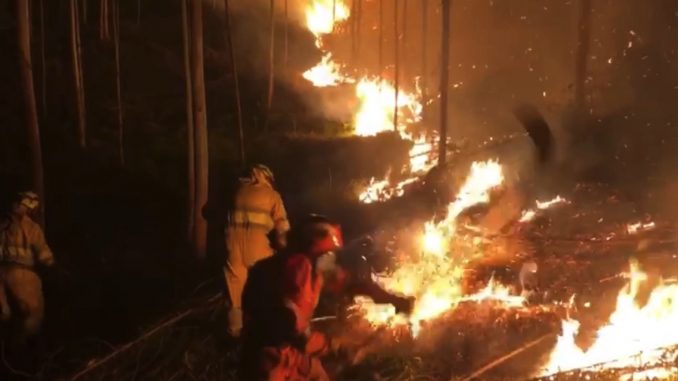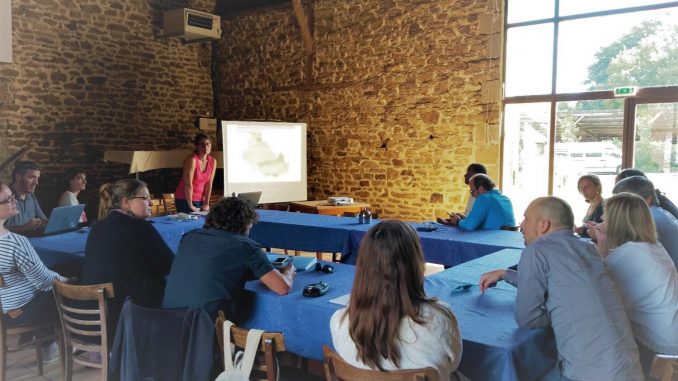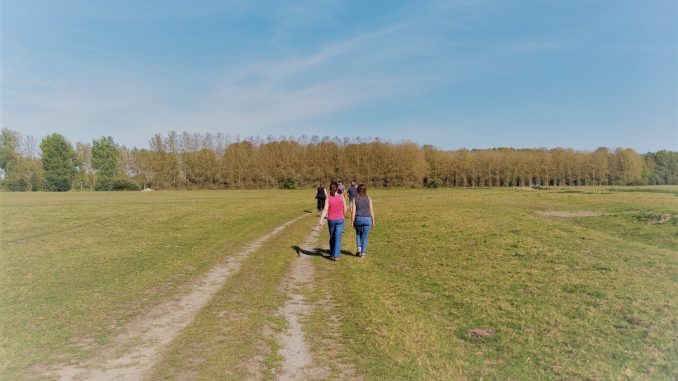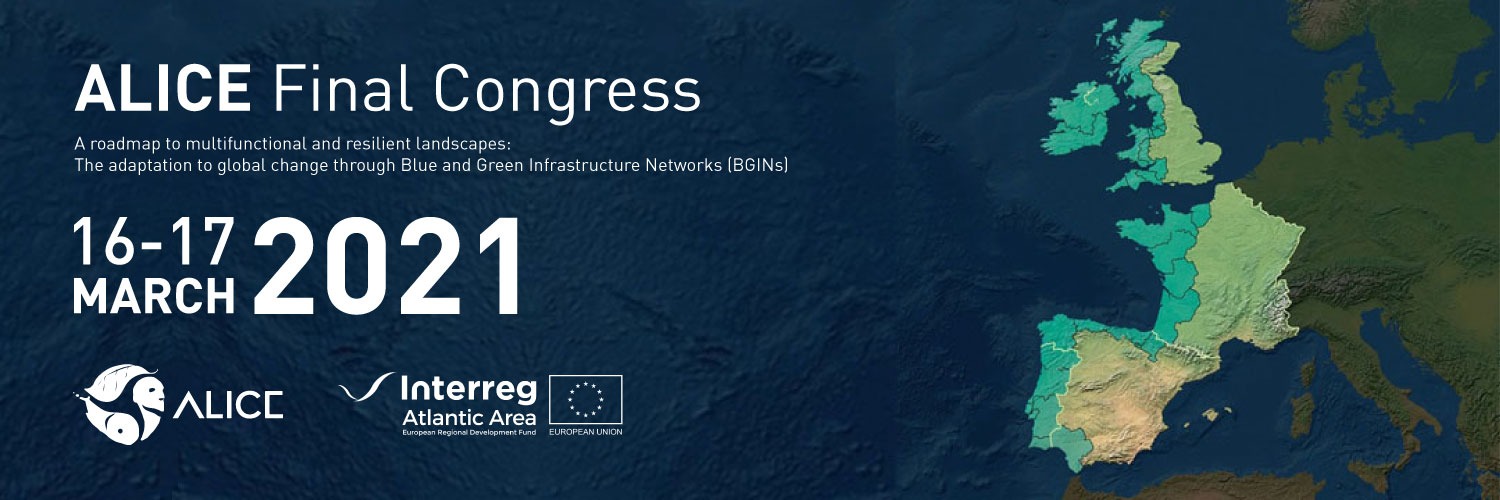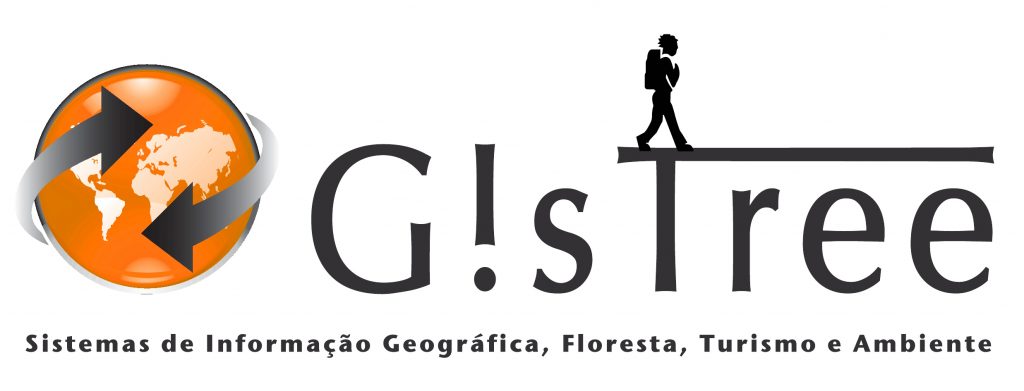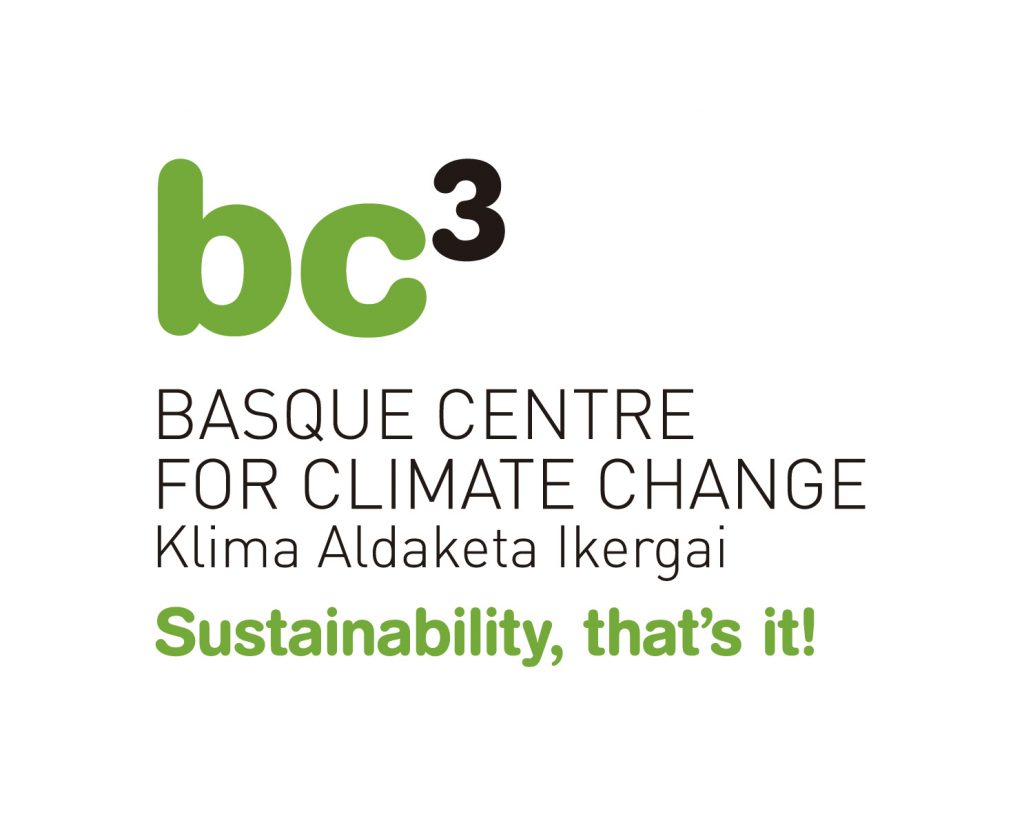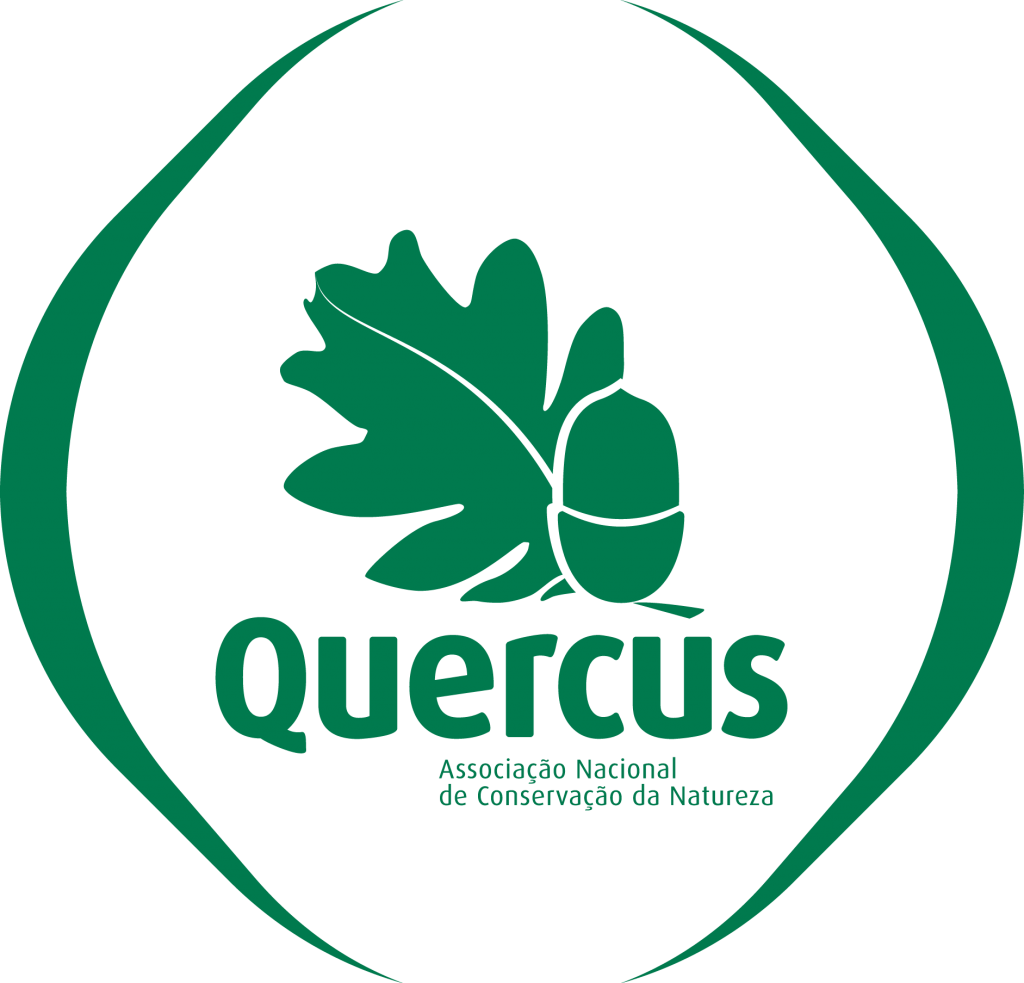Improving the management of Atlantic Landscapes: accounting for biodiversity and ecosystem services
ALICE will develop an integrated approach considering the relationships between human activities (social and economic aspects), ecosystem service provisioning and coastal and terrestrial biodiversity. The project aims at protecting biodiversity while assuring human activities through the implementation of Blue and Green Infrastructures to adapt to climate change.
Multi sectoral participation will take place through an innovative participatiory process fostering local knowledge and the involvement of relevant stakeholders (institutions, private and public, NGOs, civil society).
Activities will be developed by:
- – Four Case Studies to address the common problems of natural resource management at a catchment scale.
- – Combining a range of satellite images, Geographical Information System data and modelling frameworks to map aquatic and terrestrial vegetation formations and ecological processes;
- – Enhancing the predictive capacity by using a multi-model platform;
- – Social Learning between researchers and local stakeholders;
OBJECTIVES
– Habitat mapping and hidrological models
– Predict social and economic barriers to the delivery of Ecosystem Services
– Support a sustainable implementation of Blue-Green Infrastructure Networks
OUTCOMES
– Handbook: Towards collaborative landscape management: Roadmap to a participatory assessment
– User friendly tool to support decision-making process in landscape planning
BENEFICIARIES
– Regional and landscape managers
– Fisheries, tourism, agriculture and forestry companies
– NGOs interested in Blue and Green Infrastructure Networks investment
– Scientific community
– Policy makers
METHODS
– Scientific data and Remote sensing
– Habitat mapping
– Hidrology modelling
– Scenario modelling for Land Use and Land Cover
– Participatory Learning
-
FLIPBOOK
December 22, 2023
-
 Why a newsletter for the ALICE Project Spanish Case Study, Cantabria?
December 14, 2020
Why a newsletter for the ALICE Project Spanish Case Study, Cantabria?
December 14, 2020 -
 Recent article published by NUIG partners, analyse Carlingford Lough residents will to pay for BGINs vs Grey infrastructures to combat existing flooding issues in the region.
August 18, 2020
Recent article published by NUIG partners, analyse Carlingford Lough residents will to pay for BGINs vs Grey infrastructures to combat existing flooding issues in the region.
August 18, 2020 -
 What is k.LAB and how this modelling technology can simulate current and future environmental and social dynamics to address the most complex sustainability problems
June 22, 2020
What is k.LAB and how this modelling technology can simulate current and future environmental and social dynamics to address the most complex sustainability problems
June 22, 2020 -
 Three strategies used in Cantabria promote nature restoration and fight climate change
June 8, 2020
Three strategies used in Cantabria promote nature restoration and fight climate change
June 8, 2020 -
 New paper released towards improvement of habitat mapping through Unmanned Areial Vehicle (UAV) data
May 20, 2020
New paper released towards improvement of habitat mapping through Unmanned Areial Vehicle (UAV) data
May 20, 2020

